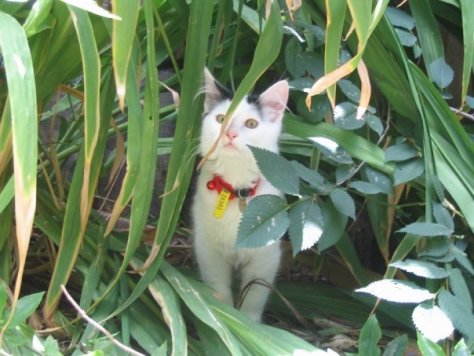Similes are a structure that are used perhaps more than we realise, both colloquially in speech (at least around where I live in South London you hear them a lot, although most of those I wouldn’t teach students…!) and also in literature and poetry. Teaching them gives students both a structure they can use in their own creative writing, but also teaches them some well-known phrases that they will probably encounter. I’ve also found that most languages have a similar structure so it is interesting to compare whether the same or different words are used in similes in the students’ L1s and to discuss why they think these words are used.
The activities below focus on the ‘as (adjective) as (noun)’ simile structure.
Aim: To learn a simile structure, to practise and create their own similes and to learn some common English expressions.
Level: A2+
Task:
1. Write the following conversation on the board and underline ‘as good as gold’:
Parent: How was little Gemma today?
Babysitter: She’s been as good as gold.
Elicit what ‘as good as gold’ means (very good). Ask the students when they think you would use this phrase (normally about children, but sometimes pets, adults. It normally refers to behaviour). Ask if they have a similar structure in their language. Why do they think they are compared to ‘gold’? Ask them what type of word ‘good’ is (adjective)? Ask them what type of word ‘gold’ is (noun)?
2. Write the following beginnings of similes up on the board. Space them out well as you will have more to write around them.
1. As light as ______________________
2. As easy as _____________________
3. As pretty as ____________________
4. As blind as _____________________
5. As cold as ______________________
6. As clear as ______________________
7. As dead as ______________________
8. As deaf as _______________________
9. As free as ________________________
10. As quick as _______________________
11. As mad as __________________________
12. As white as _________________________
13. As tough as _________________________
14. As sick as __________________________
Put your students into small groups. Ask the groups what type of word they will need to complete the simile with (nouns). Ask them to try and think of a noun to complete each simile with and give them some time to discuss and complete.
3. Write up all the students’ suggestions on the board and discuss the reasons for any that seem less obvious. Students will probably have some that are the same as the common ones we use in English but also some different ones. When you have all their ideas, go back to the beginning and ask if they know which would be the most common expression in English. Here are the ones I consider the most common (it might be different for you depending on where you are from/learnt English so feel free to teach the expression most natural to you).
1. feather, 2. pie, 3. picture, 4. bat, 5. ice, 6. day/mud (mud has the opposite, sarcastic meaning for something not clear at all), 7. dodo, 8.post, 9. bird, 10.flash/lightening, 11. hatter (you might need to explain this is a reference to ‘Alice in Wonderland’ and the Mad Hatter, 12. sheet, 13. nails, 14. parrot/dog
You can also discuss whether they compare the same things in their culture.
(A nice alternative to the above exercise, especially for lower levels, is to write all the adjectives on one colour of card and the nouns on another colour and try to match them up)
4. Ask the groups of students to discuss some ideas about what object/person they could use each of the similes to describe. For example, ‘as cold as ice’: hands after being out on a winter’s day. Give them time to discuss while you go round and monitor and help with suggestions for any they are stuck on.
5. Ask for feedback for some ideas and write them all on the board. Try and only accept things that would sound natural in English, although feel free to praise creativity for any more unusual ideas!
6. Ask each student to choose one simile and idea for what it can describe and to write a short descriptive paragraph (100 words?) about the subject. They should include an appropriate simile, but can also use others that they invent if they like. Alternatively, these ideas work well before moving into the lesson on ‘Writing a Rhyming Poem’. You can then ask them to write a poem with a simile.
